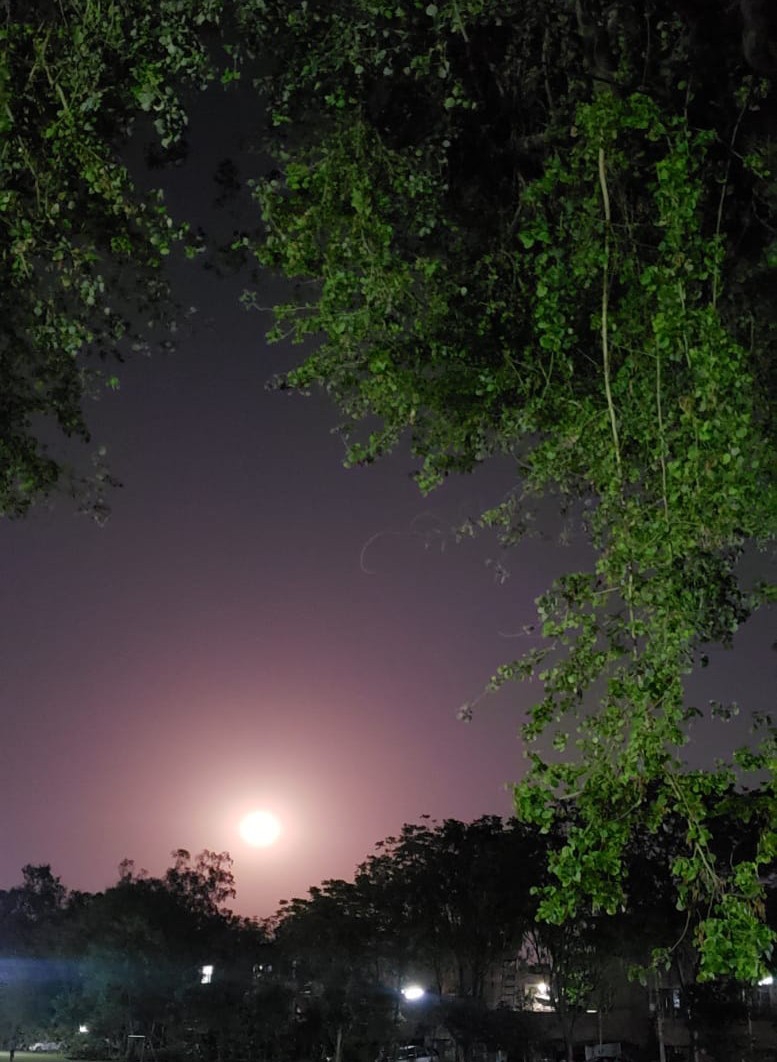Purnima
On seeing a full moon, some may ignore it while some may appreciate it. I used to ignore this before, but once I gained some information on its importance, I started to appreciate it much more than before.
The full moon is also called Purnima in the ancient language of Sanskrit. Purnima or the full moon occurs once every month and on this day, the Moon is in an exact straight line with the Sun and the Earth This formation is known as a syzygy (pronounced si-zuh-jee). The full moon causes high tides and can even concur with lunar eclipses. At this time, the moon is the most illuminated and is the brightest as compared to its other phases.
Although the full moon is quite interesting from the geological point of view, did you also know that the full moon has a very special place in Hinduism?
Yes, that's right. There are a number of festivals that take place only during the full moon day. Some of these festivals include Hanuman Jayanti, Holi, Buddha Purnima, Sharad Purnima and many more.
There are usually 12 Purnimas in a year and every one has its own unique significance.
In conclusion, Purnima is a very important day of the month. Its features are quite intriguing in the field of geology and it is highly revered in Hinduism.




Comments
Post a Comment